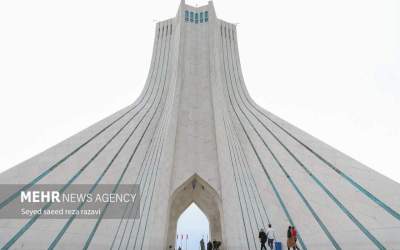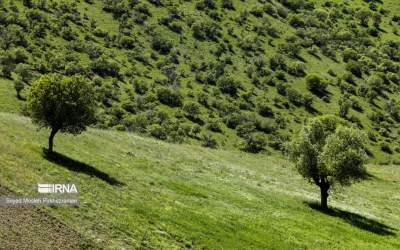Wednesday 17 May 2023 - 19:08
Story Code : 406177
Iran, Afghanistan must resolve water row once and for all
Recently, the problem has become even more pronounced as each side has found itself faced with longer and more frequent droughts and climate change.
Disputes over water between Iran and Afghanistan date to the 1870s when Afghanistan was under British control. A British officer drew the Iran-Afghan border along the main branch of the Helmand river, which also saw Herat separate from Iran.
In 1939, the Iranian and Afghan governments signed a treaty on sharing the river�s water, but the Afghans failed to ratify it. In 1973, the two sides signed an accord that accepted the flow of water into Iran at 22 cubic meters per second or 820 million cubic meters of water a year with an option for Iran to purchase an additional four cubic meters per second in �normal� water years.
However, the agreement was neither ratified nor fully implemented due to political developments, including a 1973 coup in Afghanistan, the Soviet occupation of Afghanistan that same year, and finally the rise of the Taliban in 1995.
With Afghanistan at war for the past 40 years the supply has been erratic. Severe drought across much of Afghanistan is spurring plans to build new dams, aggravating tensions with Iran. Tehran had already voiced concern that the huge Indian-financed Salma Dam in western Herat province, inaugurated in 2016, would see its water supplies reduced.
At the center of the dispute, however, is the Helmand river, which runs through much of Afghanistan from its source in the mountains north of Kabul, feeding the Sistan wetlands in the border regions of the two countries.
By Press TV
# Tags










